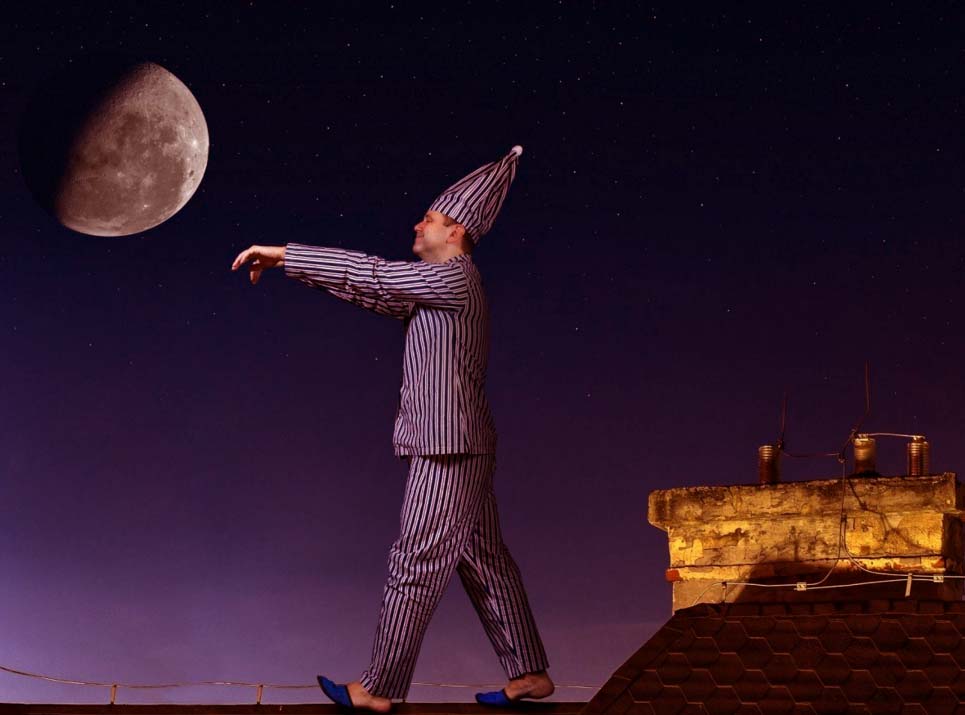
19 Jun Is Sleepwalking common in adults?
Sleepwalking is a sleep associated behaviour that some people may have experienced when they were younger, however, according to research may be more common in adults than previously thought. Sleepwalking, or somnambulism is a sleep behaviour disorder where people experience symptoms such as sitting up in bed, taking a walk around the bedroom or house, talking whilst still asleep, screaming (in conjunction with sleep terrors) and other complex behaviours. These episodes generally occur during deep sleep. Sleepwalkers tend to have their eyes open which may give the appearance of being awake. When sleepwalking occurs, the person often has little to no memory of the event and you may even find it difficult to arouse them out of sleep during a sleepwalking episode.
What causes sleepwalking?
The onset of sleepwalking in adults may not always be determined as the sleep disorder is more common in children. There are triggers that could start sleepwalking in adults such as sleep deprivation, alcohol or certain medications. A study conducted by Stanford University found strong links to depression, anxiety and obsessive compulsive e disorders in people that sleepwalk. They also found that you are 10 times more likely to sleepwalk if you have a parent, brother or sister that sleepwalks.
Treatment
There are no specific treatment recommendations for sleepwalking. One of the best methods to try and reduce the frequency of sleepwalking is to develop good sleep habits. These can include; regularly going to bed around the same time, avoiding eating right before bed, keep your room free of distractions such as a TV, laptop, IPAD etc. To prevent injury during a sleepwalking episode you may have to wake the person as opposed to the common misconception that it may be dangerous to wake them. There have been successful cases of sleepwalking being treated by hypnosis, but it is highly recommended to discuss your symptoms with a doctor or sleep specialist.

